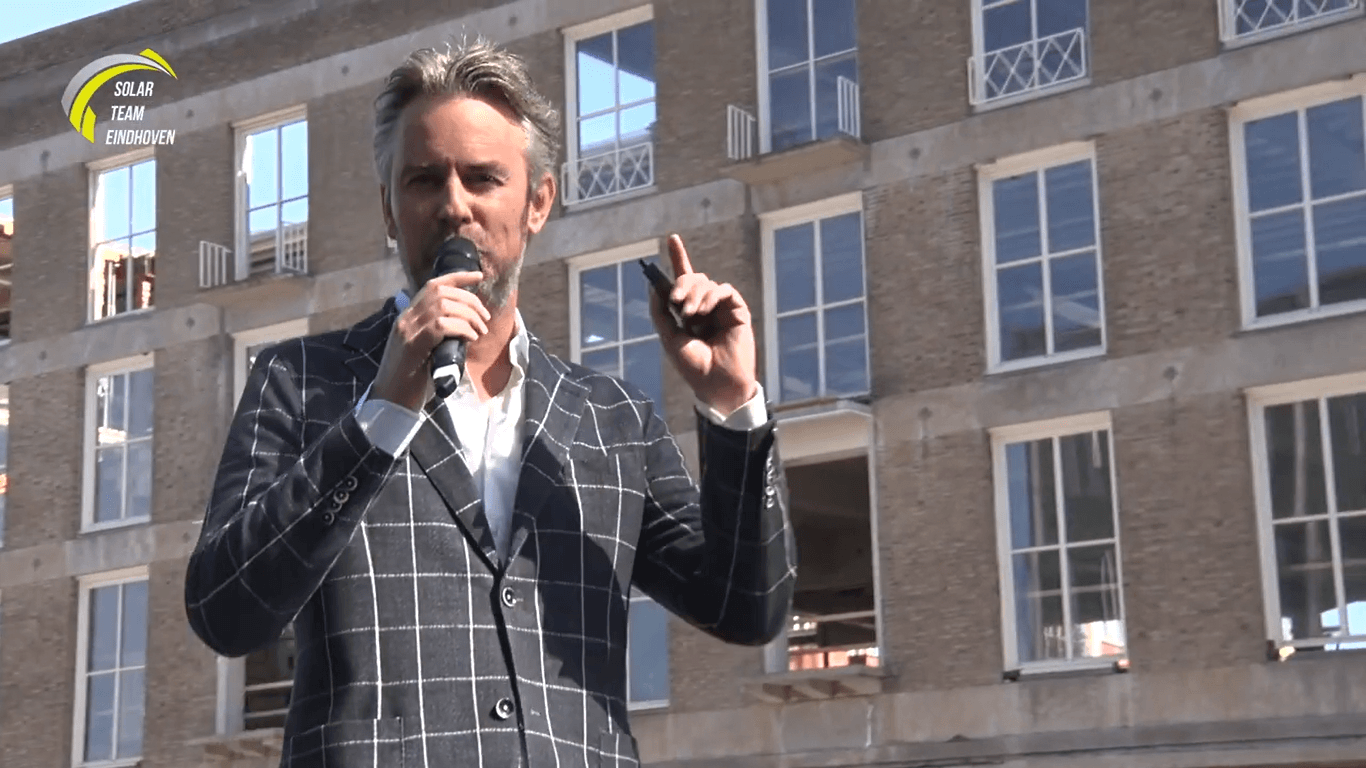
Roel Wessels is a physicist, keyboard player in bands and in his daily working life he is a project manager for Holland Innovative. He blogs about his experiences in the world of high-tech every month. “I am the project manager in the music band and the artist in the development team.”
When I published the English version of my book ‘The Complete Project Manager‘, I often remembered it: the eight weeks in which I locked myself in a castle near Doetinchem to write the Dutch manuscript for that book. It was an idea of my wife, who realized that otherwise, I would only be working on that one project all the time. Because that book, that’s what just had to be done. I wanted to share with others the experience I have built up over the years in a world that is not the easiest to manage.
In that castle, I tried an iron discipline. If I would write five pages every day, I would be able to cover half of the book at the end of the period, I had calculated. Of course, this was sometimes difficult when the other guests went for a beer after dinner together and I hadn’t finished my five pages for that day. But the rhythm, that heartbeat, actually felt good. And this way, I kept it manageable: because the goal remained accessible, I succeeded.
And now, there’s the English edition. So cool!
What has always helped with this book, but also in my normal work, is that I don’t see any barriers between technology and creativity. Actually, my first band was also my first self-directed team. The creative process we went through each time, in the former student bunker in Eindhoven, also had to do with achieving goals. With 120 beats per minute, that’s for sure.
A creative process in 120 beats per minute
In my work as a project manager, the number of beats is somewhat lower, but I make sure that the pace remains high. We use the best theories, but continue to test them in practice. Speaking of theories, nowadays there are so many management theories that as a project leader you often can’t seem to find the right one. Agile, Scrum, Lean, traditional waterfall, Six Sigma, the Spotify organizational model, you name it. They all have their advantages, but also their limitations. And you can also come across them in parts joined together, especially now that cooperation between different disciplines is the norm. By understanding the theories and linking them to the language of your audience, you can break down walls and give the collaboration a boost. That’s something I already noticed when I was still at DAF. At one point, a whole ditch of people came in who had first worked at Fokker. In principle, they had learned the same profession as we had at DAF but at the same time they were used to a completely different dynamic and selection process. In plain words: in the aeroplane industry, there is no emergency lane to which your product can swerve in the event of a breakdown…
In the case of knowledge workers, with whom I have worked together a lot at High tech Campus Eindhoven, this ‘language problem’ between disciplines also plays a prominent role. And they are all, just like me, very stubborn. So I had to look for a common language that doesn’t deter them but still touches them. For me, that led to finding and understanding the essences of successful project management: the power of action, thinking like TomTom, cutting up until you understand, chasing the heartbeat and preventing the blind check. That’s all there is to it. These essences provide clarity but also give freedom because you can apply them using your own style. And that’s relevant because it’s real: to do is much more important than the chosen method. A professional is successful both with a modern Agile approach and with any traditional method because he always knows how to apply the essences.
What do you do, for example, if the client is difficult to approach during a project? In traditional projects, the project manager then has a problem. If you work in a Scrum team, which has a number of great aspects, then the problem simply shifts to the product owner. He or she has to solve it and you never read anything about that in all the books about Agile and Scrum. No matter how you look at it, in the end it’s all about showing leadership. Self-organization in teams is not about less management, but about individuals taking on this responsibility. In modern organisations, everyone has to play a bit of a project leader and that can be tough for some.
In the end it’s all about showing leadership
Despite all the new methods, it has not really become any easier. But if you look into it in greater depth, the new frameworks do offer a lot of support. I like to compare Agile behaviour with that of a skipper on a sailboat: the sailor who knows how to make the best use of the available wind wins the race. Agile thinking is about dealing flexibly with the circumstances, not resisting them and getting the most out of them. There’s no magic involved. You ‘only’ have to show action towards your environment, as TomTom thinks in scenarios, cut up things you don’t understand and let yourself be supported by a fixed heartbeat rhythm of planning, doing and testing. That’s how everyone stays connected much more!
Order the Complete Project Manager directly or just curious? Click here
This column has been made possible by Holland Innovative.








